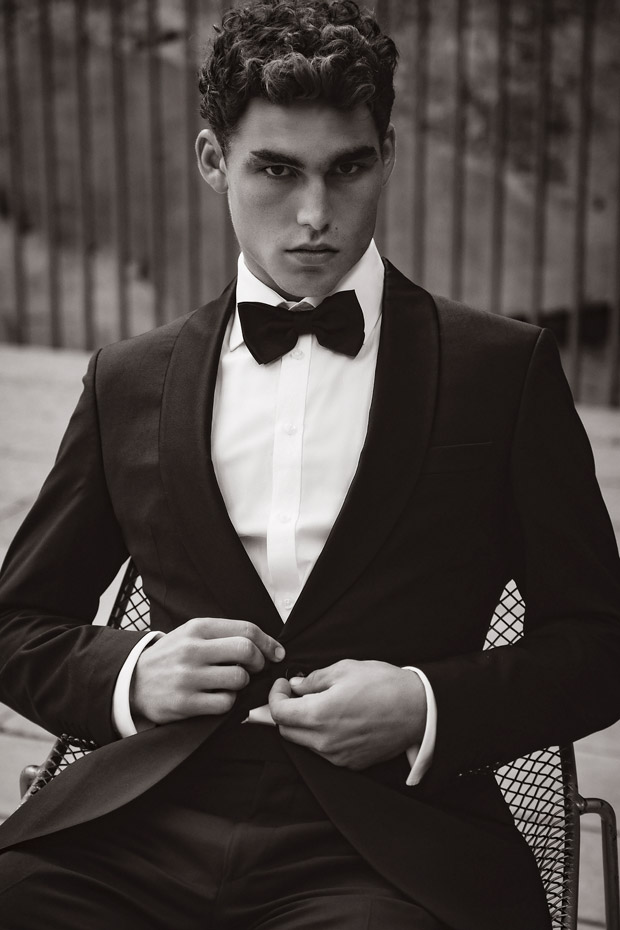
If you’re like most men, you understand that different dress codes exist in short form to concisely inform people how formally they should dress—but in practice, this is ambiguous, and somewhat hard to pull off. If a wedding invitation tells you that attire is “semi-formal,” what does that really mean? Will you look overdressed in a suit? Will you look underdressed in your typical office attire?
There’s definitely some wiggle room, no matter what; what makes sense as “semi-formal” to one person might stretch the definition for another. But in this guide, we’ll explore some of the most common dress codes, and where the boundaries lie.
Casual
Casual may seem like it means anything goes, but you’ll still want to put in some effort, especially in the workplace or at a formal gathering. Make sure all your clothes are clean and well-fitted, and as plain as possible. Khakis or nice jeans are acceptable, as are some types of shorts. A plain T-shirt is often acceptable, though a polo shirt is a safer bet. Shoes are pretty much up to you, but make sure they look decent.
Business Casual, Smart Casual, and Dressy Casual
These three terms may be wielded as though they have entirely different definitions, but there’s a gray area that floats between them. All of these varieties of dress code refer to a middle ground between semi-formal and casual attire. For men, that means a suit is not necessary, but you’ll still need to put in some effort.
For example, you might wear a sport coat or blazer over a pair of khakis, with a dress shirt or polo shirt underneath. It’s acceptable to wear a tie, but not required, and generally not common. Dress shoes and loafers are acceptable, but don’t wear sneakers. The variance is wide here, so sometimes, nice jeans can be acceptable.
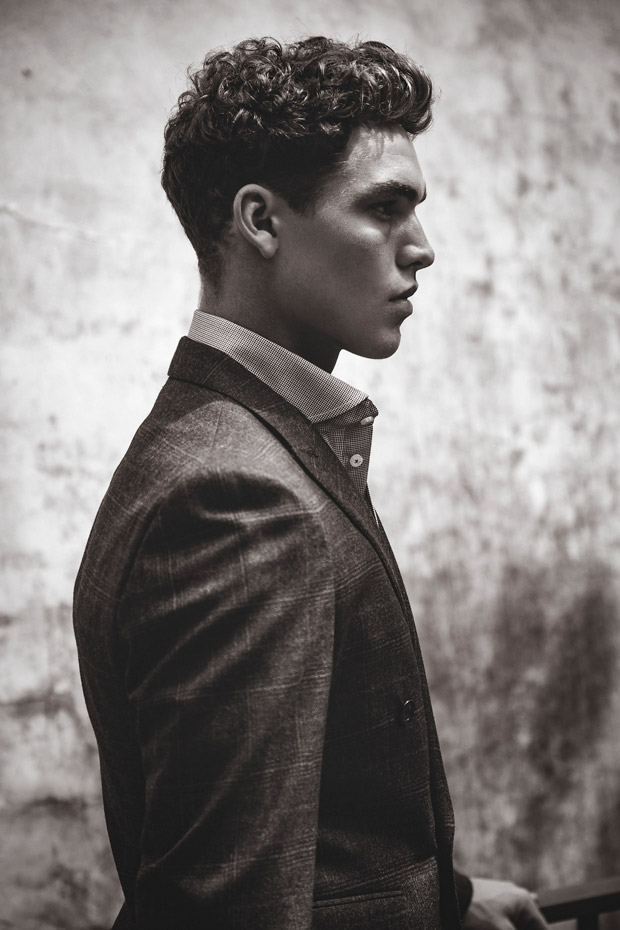
Formal
Formal attire usually refers to one of two different sub-varieties of attire (though business formal attire also exists): white tie and black tie. At a white tie event, you can expect to wear a suit with a vest and a white bow tie. There isn’t much flexibility here. The stereotypical look (and a safe bet) is to wear a black dress coat with matching trousers, a wing-collared shirt with a stiff front, and bracers to make sure it fits you perfectly. Add shirt studs and cuff links, and wear a white vest, white bow tie, white (or gray) gloves, and black formal shoes with black dress socks.
At a black tie event, you’ll need to wear a suite with a black tie. Makes sense, right? A good look for this event is a black tuxedo jacket with matching trousers, as well as a formal white shirt and a black bow tie. Shirt studs and cuff links are recommended, as well as a black cummerbund in the same style as your tie. A vest is also okay, but not mandatory. Black formal shoes and black dress socks are a must.
You may also hear reference to “creative black tie,” wherein most of the conventions of black tie still apply, but you’re encouraged to wear something flashy or trendy, like a patterned bow tie.
Similarly, “black tie optional” gives additional flexibility. You can still wear a full tuxedo to be safe, but you can also get by with a dark-colored suit, white dress shirt, and conservative tie. You can also wear any dress shoes you have, provided they’re somewhat conservative and worn with dark socks.
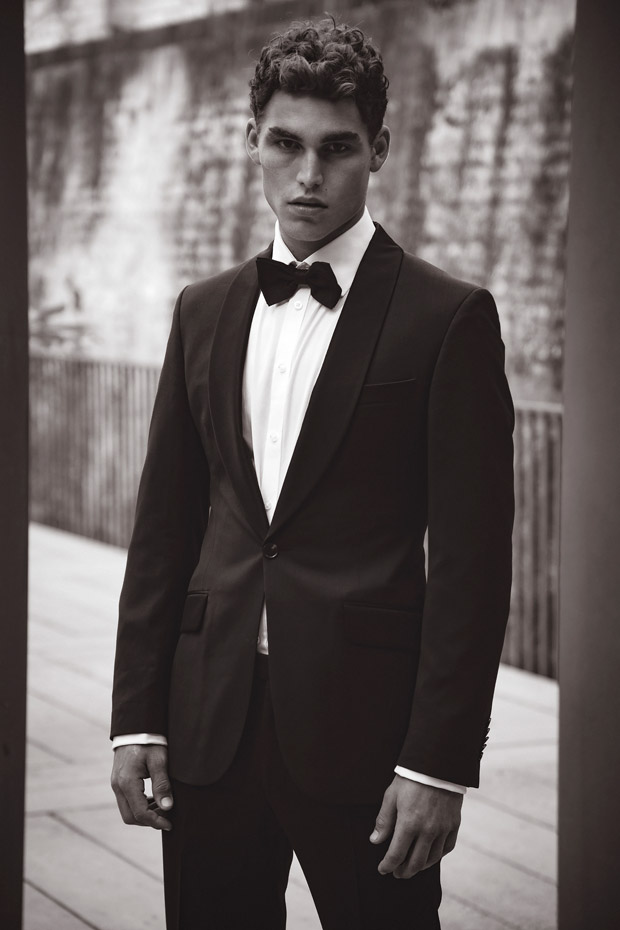
Semi-Formal
Semi-formal is the next step down in terms of formality. Men are expected to wear a dark-colored business-appropriate suit, along with a dress shirt and a tie (usually a conservative, plain tie is best). A vest is optional, but not required. You’ll also want to wear some kind of dress shoe with dark dress socks; black patent shoes and leather dress shoes are both acceptable.
You might also see a “lounge suit” dress code. This is very similar to “semi-formal” attire; men are expected to wear a suit with a tie. Cocktail attire can also be categorized here; it’s recommended that you wear a suit, but with cocktail attire, the tie is typically optional.
“Business formal” is similar as well. With business formal, you’ll be expected to wear a dark business suit with a dress shirt, a conservative tie, and dress shoes with dark dress socks.
If you’re ever in doubt about whether your attire will conform to expectations, err on the side of formality. It’s much better to show up to an event overdressed and looking sharper than expected than to show up looking more casual than everybody else. If the stakes are high or if the expectations are ambiguous, talk to the people involved (or other people attending) to see if you can learn more information.
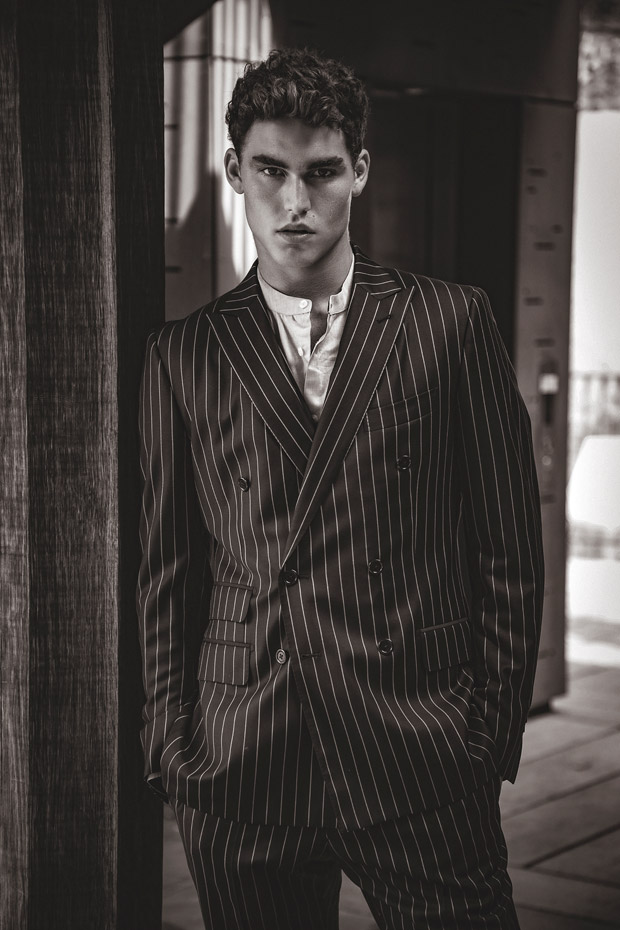
Images from MMSCENE PORTRAITS: Brayden Templeton by Pat Supsiri – See the full story here



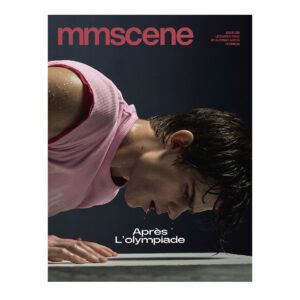
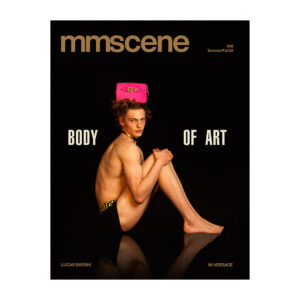
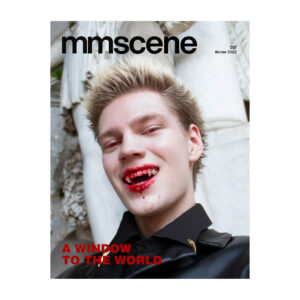
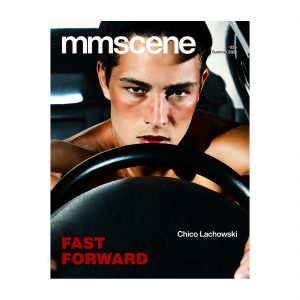
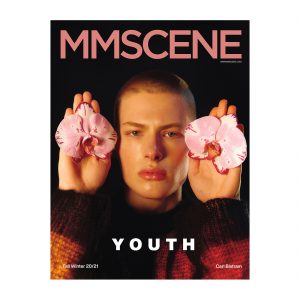
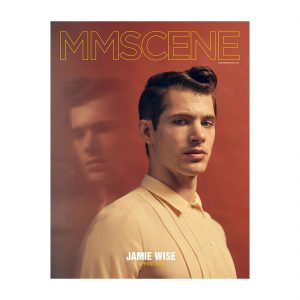
One Comment
One Ping
Pingback:MENSWEAR: Mixing Business And Casual Style - MMSCENE